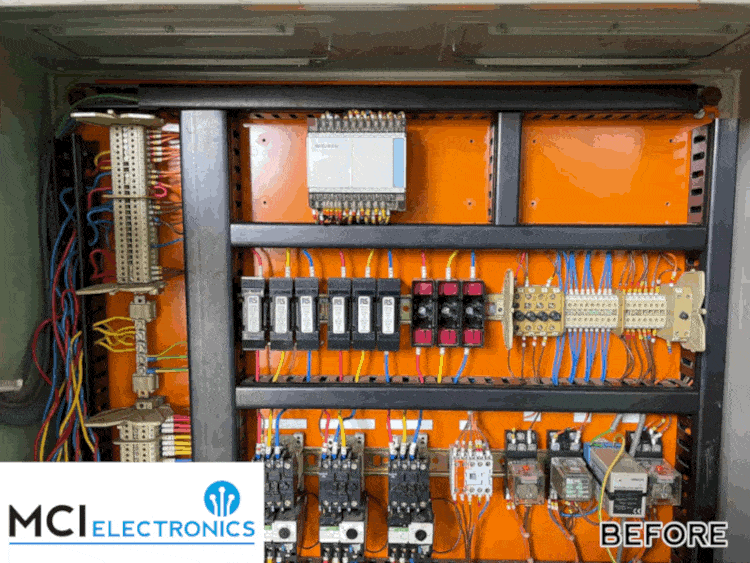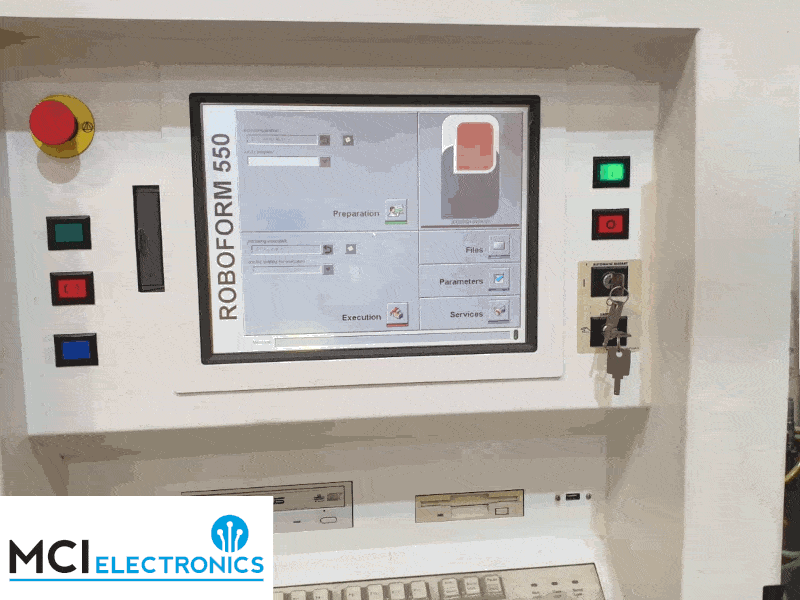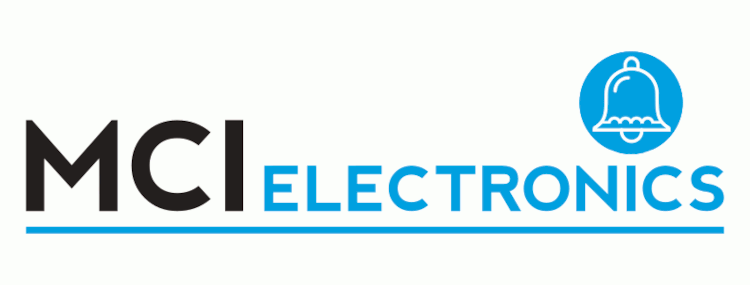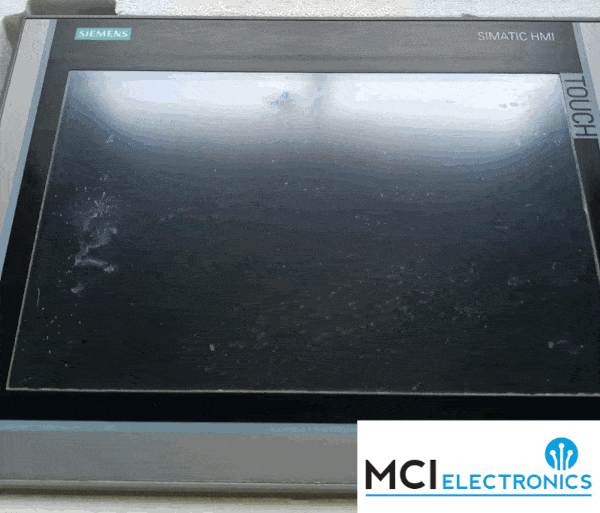


Date posted:
MCI visits Sweden today to celebrate the life of Hannes Olof Gösta Alfvén, who was born today, 30 May in 1908. He is close to our hearts because he was an electrical engineer, a plasma physicist and winner of the Nobel prize in 1970 for physics. His Nobel prize was…

Date posted:
MCI received a call from a new customer who manufactures portable cabins. Their long serving wood pressure treatment machine had a failed Mitsubishi PLC. Unfortunately, the customer did not have a backup of the PLC program, so it had been very difficult to get the machine running again without MCI’s…

Date posted:
Today MCI goes back in time…. way, waaay back in time to the Elizabethan period. In fact, the person we want to celebrate today is William Gilbert. He was Elizabeth I’s doctor. This extremely clever man was at the dawn of science as we know it and was the first…

Date posted:
A long standing MCI customer, who makes gas turbines for industry, civil and defence aerospace etc. had a broken spark erosion machine. This machine is used to cut vanes for turbines from very hard materials like titanium. Traditionally, a milling machine would be used to cut materials, but because the…

Date posted:
Following an obsolescence audit at a customer’s facility, an expensive upgrade was recommended by the machine manufacturer which would result in loss of production for some time. As a more cost effective solution, MCI was asked to keep the original machinery going by sourcing three obsolete drives. Not only would…

Date posted:
This week MCI wants to look at the life of Joseph Henry, an electrical inventor extraordinaire. He discovered electromagnetic induction whilst building electromagnets. He also discovered mutual inductance independent of Faraday. However, Faraday was the first to make the discovery and publish it. Following the theme of electromagnets, Joseph Henry…

Date posted:
This week, MCI remembers an event that would herald the future, the famous chess game between the Deep Blue IBM computer and Garry Kasparov. Kasparov had claimed that he couldn’t be beaten by any computer and the tournament was set up. The first game in February 1996 was won by…

Date posted:
MCI received a touch screen control panel from one of our regular customers. The touch screen had been damaged by someone using a ballpoint pen on it. MCI’s engineers replaced the damaged parts and tested it before returning it to the customer. One happy customer and the machine was back…

Date posted:
MCI wants to look into the world of zippers, because today is National Zipper Day in the USA. Also, the zip (as we know it in the UK) was invented by an electrical engineer. It can’t get better than that! The zipper is one of the most underrated inventions in…
before and after control panel repair distribution electronic equipment repair emergency repair environmentally friendly faultfinding food processing machinery industrial electronics machine modification obsolete machinery PCB repair production line repair refurbishment replacement part sourcing
MCI Electronics Ltd
We firmly believe that the internet should be available and accessible to anyone, and are committed to providing a website that is accessible to the widest possible audience, regardless of circumstance and ability.
To fulfill this, we aim to adhere as strictly as possible to the World Wide Web Consortium’s (W3C) Web Content Accessibility Guidelines 2.1 (WCAG 2.1) at the AA level. These guidelines explain how to make web content accessible to people with a wide array of disabilities. Complying with those guidelines helps us ensure that the website is accessible to all people: blind people, people with motor impairments, visual impairment, cognitive disabilities, and more.
This website utilizes various technologies that are meant to make it as accessible as possible at all times. We utilize an accessibility interface that allows persons with specific disabilities to adjust the website’s UI (user interface) and design it to their personal needs.
Additionally, the website utilizes an AI-based application that runs in the background and optimizes its accessibility level constantly. This application remediates the website’s HTML, adapts Its functionality and behavior for screen-readers used by the blind users, and for keyboard functions used by individuals with motor impairments.
If you’ve found a malfunction or have ideas for improvement, we’ll be happy to hear from you. You can reach out to the website’s operators by using the following email
Our website implements the ARIA attributes (Accessible Rich Internet Applications) technique, alongside various different behavioral changes, to ensure blind users visiting with screen-readers are able to read, comprehend, and enjoy the website’s functions. As soon as a user with a screen-reader enters your site, they immediately receive a prompt to enter the Screen-Reader Profile so they can browse and operate your site effectively. Here’s how our website covers some of the most important screen-reader requirements, alongside console screenshots of code examples:
Screen-reader optimization: we run a background process that learns the website’s components from top to bottom, to ensure ongoing compliance even when updating the website. In this process, we provide screen-readers with meaningful data using the ARIA set of attributes. For example, we provide accurate form labels; descriptions for actionable icons (social media icons, search icons, cart icons, etc.); validation guidance for form inputs; element roles such as buttons, menus, modal dialogues (popups), and others. Additionally, the background process scans all the website’s images and provides an accurate and meaningful image-object-recognition-based description as an ALT (alternate text) tag for images that are not described. It will also extract texts that are embedded within the image, using an OCR (optical character recognition) technology. To turn on screen-reader adjustments at any time, users need only to press the Alt+1 keyboard combination. Screen-reader users also get automatic announcements to turn the Screen-reader mode on as soon as they enter the website.
These adjustments are compatible with all popular screen readers, including JAWS and NVDA.
Keyboard navigation optimization: The background process also adjusts the website’s HTML, and adds various behaviors using JavaScript code to make the website operable by the keyboard. This includes the ability to navigate the website using the Tab and Shift+Tab keys, operate dropdowns with the arrow keys, close them with Esc, trigger buttons and links using the Enter key, navigate between radio and checkbox elements using the arrow keys, and fill them in with the Spacebar or Enter key.Additionally, keyboard users will find quick-navigation and content-skip menus, available at any time by clicking Alt+1, or as the first elements of the site while navigating with the keyboard. The background process also handles triggered popups by moving the keyboard focus towards them as soon as they appear, and not allow the focus drift outside it.
Users can also use shortcuts such as “M” (menus), “H” (headings), “F” (forms), “B” (buttons), and “G” (graphics) to jump to specific elements.
We aim to support the widest array of browsers and assistive technologies as possible, so our users can choose the best fitting tools for them, with as few limitations as possible. Therefore, we have worked very hard to be able to support all major systems that comprise over 95% of the user market share including Google Chrome, Mozilla Firefox, Apple Safari, Opera and Microsoft Edge, JAWS and NVDA (screen readers).
Despite our very best efforts to allow anybody to adjust the website to their needs. There may still be pages or sections that are not fully accessible, are in the process of becoming accessible, or are lacking an adequate technological solution to make them accessible. Still, we are continually improving our accessibility, adding, updating and improving its options and features, and developing and adopting new technologies. All this is meant to reach the optimal level of accessibility, following technological advancements. For any assistance, please reach out to